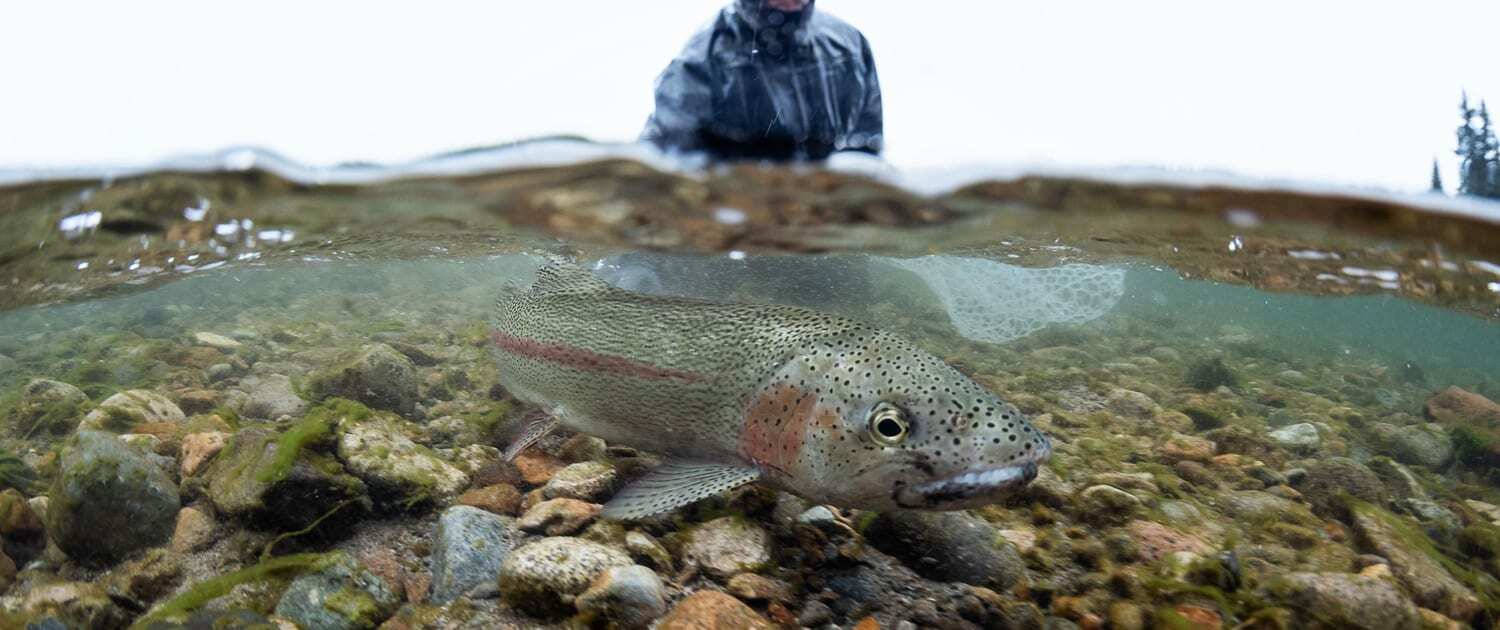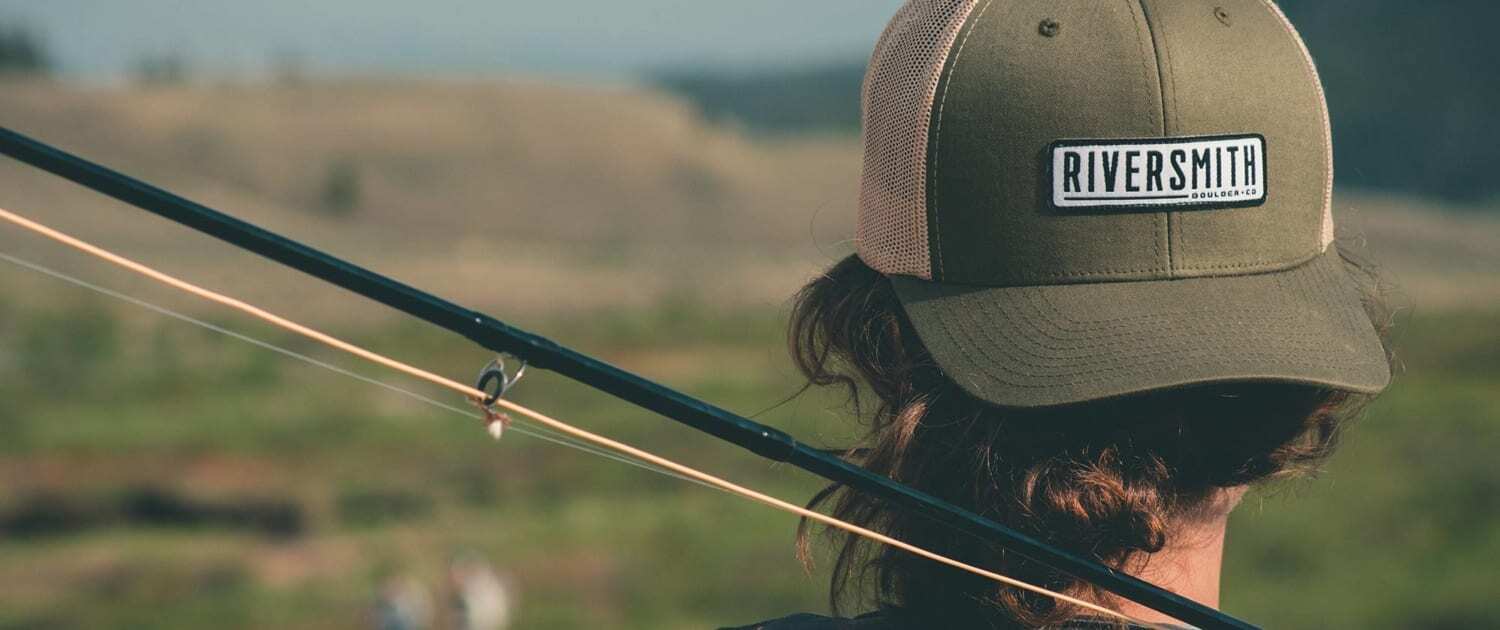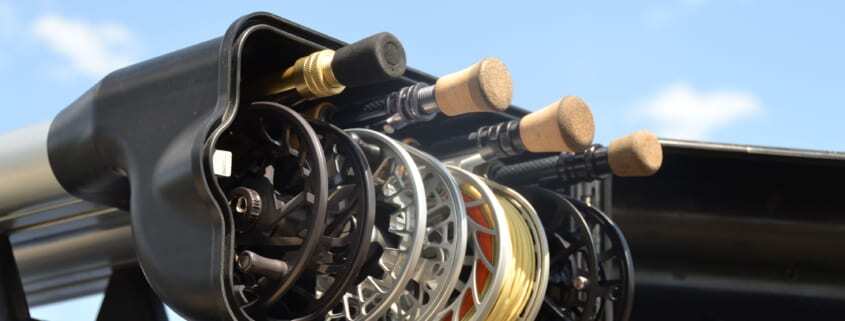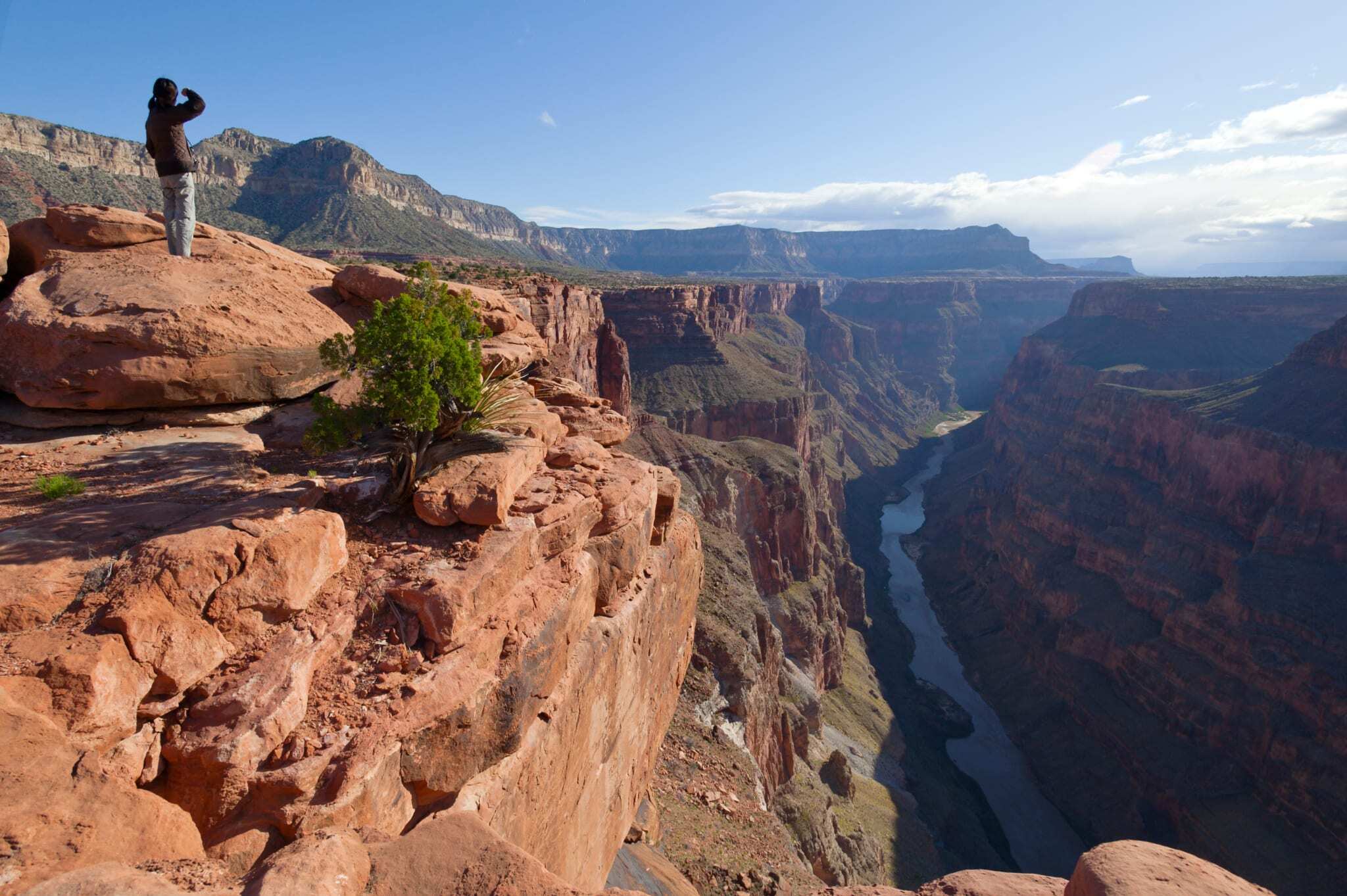Fly Fishing the Grand Canyon
” If there is a point to being in the Grand Canyon, it is not to rush but to linger, suspended in a blue-and-amber haze of in-between-ness, for as long as one possibly can. To float, to drift, savoring the pulse of the river on its odyssey through the canyon, and above all, to postpone the unwelcome and distinctly unpleasant moment when one is forced to reemerge and reenter the world beyond the rim-that is the paramount goal.” – Kevin Fedarko
People come from all over the world to take in the monolith that is the Grand Canyon of Arizona. Many to spectate, hike, or raft, and several others to cast their fishing line. The fly fishing at the Grand Canyon is a rarity and truly unlike anything an angler has ever experienced before. To get the most from a fishing trip in the grandest of places, you’ll want to know where the fish hot spots on the river are, what to pack, and what to expect.
The Fishing Hot Spots of the Grand Canyon
The Little Colorado River confluence, making up the first 60 miles of the river, has the best fishing in all the canyon. Between Cameron, Arizona, on the Navajo Nation, and its confluence with the Colorado River, the Little Colorado is towered by a narrow yet steep gorge of bright angel shale, muav limestone, and tapeats sandstone rock. For the Hopi tribe, life began near the confluence, making it a highly sacred place for the tribe. There is also a sacredness to it amongst anglers, where flannel-mouth suckers, blue-head suckers, carp, speckled dace, and rainbow trout are abundant and chomping at all kinds of hooked bait.
Deep inside the canyon, on the east end and upstream from Phantom Ranch awaits one of the other great fishing hot spots of the area. Trout are biting at whatever comes their way in the waters of the Bright Angel creek, a tenkara-perfect freestone flowing directly past the Phantom Ranch. While the trout are the most sought after fish here, you can also hook plenty of bass, catfish, and carp.

What to Pack For Fishing the Grand Canyon
While technically the Grand Canyon is a tailwater fishery, it fishes more like a freestone river, meaning the fish are not particularly picky when it comes to your given fly. You can fish green, pink, or orange scuds and pupa, emergers, and dry midges or just tie on a black, green, or sparkling bugger.
Essential items to pack are a 3-piece 5 weight fly rod, transported in a River Quiver roof rack system so you can get your most essential equipment through and to your rocky, off-road location in one piece. Alongside your fly rod, several leaders and tippets, some indicators, some gink paste, and some fly-fishing forceps will do you good. It’s also wise to bring along a few different lengths of tapered leaders so you have some options as to where to fish from (the shore or on an outcropping with a deep eddy.)
While the weather in this desert basin is typically that of a desert throughout the summer months, the weather can change dramatically and you will want to pack for it just in case. A light but waterproof jacket, some waders, and some light wader boots will come in handy if the weather does decide to take a sudden turn. Just make sure that your waterproof clothing is light enough that you’ll be able to withstand the dramatic heat once the clouds part and you’re back in the sun.
Keep These Points in Mind When Fishing the Grand Canyon
It’s important to note that you cannot fish from a boat throughout the canyon. This, again, heightens the importance of bringing different lengths of tapered leaders so that you can fish from different places along the river.
There are also a couple fish on the endangered species list that need to be released immediately if accidentally caught; the humpback chub and the razorback sucker. The National Park Service is trying with all their might to bring these two native species populations back.
You will also want to acquire an Arizona state fishing license, required for all anglers 14 years old or older. You can snag one online or by calling the Arizona Game and Fish and pay $55 per license for non-residents.

Fishing Outside of the Grand Canyon
Some of the best fishing outside of Grand Canyon National Park can be enjoyed on Lake Powell in the Glen Canyon National Recreation Area, or Lake Mead in the Lake Mead National Recreation Area.
Other Colorado River lakes include Lake Havasu, Lake Mohave and Martinez Lake. Or, head to higher country and the mountain lakes in Arizona’s White Mountains in Coconino National Forest, accessed near Flagstaff, AZ.
Whether you have been itching to cast your line into the Grand Canyon for as long as you can remember or have just set your sites on the area for your next fishing destination, you will want to arrive prepared. The Grand Canyon, given its impressive yet possibly dangerous landscape and features, requires an angler to know where to go, what to bring, and what to expect. So long as you follow the guidance provided here, you should catch some beautiful trout in the location of your dreams!
Happy casting!

 Kyle Rutten Riversmith
Kyle Rutten Riversmith

